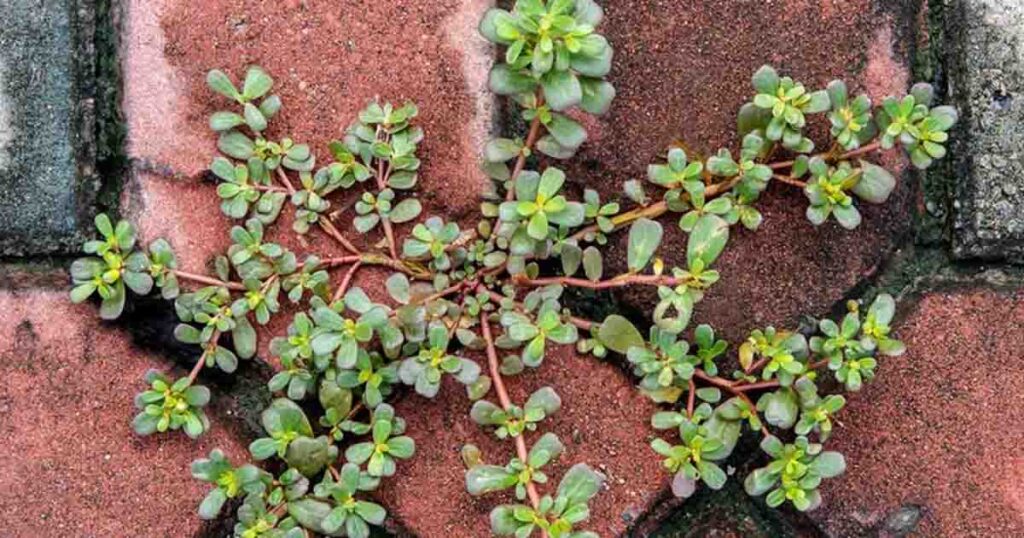ADVERTISEMENT
Purslane’s high vitamin content gives it powerful antioxidant properties. For example:
- Vitamin C supports skin, bone, and immune health
- Vitamin A (via beta-carotene) helps maintain eye health
- Vitamin E (alpha-tocopherol) protects cells from damage
It also contains plant compounds like betalain, glutathione, and melatonin—all of which help combat oxidative stress and promote better sleep and cellular repair.
Rich in Potassium, Calcium, and Magnesium
These minerals are essential for cardiovascular, muscular, and bone health:
- Potassium helps regulate blood pressure and heart function
- Calcium supports bones, teeth, digestion, and nerve signaling
- Magnesium plays a role in regulating blood sugar, muscle function, and energy production
According to research, getting these minerals through food—rather than supplements—may offer the most health benefits.
A Word of Caution: High Oxalate Content

Purslane also contains a high amount of oxalates—naturally occurring compounds that can bind with calcium or iron, preventing proper absorption. In some cases, they can contribute to the formation of kidney stones, especially in people who are predisposed.
If you have a history of kidney stones, gut disorders, or are on a low-oxalate diet, it’s best to speak with your healthcare provider before adding purslane to your meals.
Who Should Be Careful with Purslane?
Those with conditions like inflammatory bowel disease, malabsorption syndromes, or a history of oxalate-related kidney stones should limit or avoid purslane unless cleared by a doctor.
How to Eat Purslane

Purslane can be eaten raw or cooked, and its mildly tart, slightly lemony flavor makes it a tasty addition to many dishes:
- Toss it into salads or sandwiches
- Use it as a spinach substitute in recipes like omelets, quiches, or pesto
- Stir it into soups, stews, or stir-fries for extra nutrients
- Blend into smoothies or green juices
How to Grow Purslane at Home
Purslane is ideal for beginners and seasoned gardeners alike. It thrives in a variety of environments—including dry, salty, and nutrient-poor soil.
- Loves sunlight: Needs about 6–8 hours of direct light daily
- Low maintenance: Requires minimal watering and grows well in hot, dry weather
- Versatile use: Works well as a ground cover or in hanging baskets
- Seasonal: It’s an annual, so it grows during warm months and won’t survive frost
According to the University of Wisconsin-Madison, purslane is a great summer plant—just make sure to harvest it before the cold sets in.
Final Thoughts
Purslane may be dismissed as a weed, but it’s actually a nutritional powerhouse packed with antioxidants, omega-3s, and vital minerals. From supporting heart and bone health to improving sleep and digestion, this humble green is well worth adding to your diet—just be mindful if you’re sensitive to oxalates.
Nature often hides the best remedies in the most unexpected places—sometimes even between the cracks in the sidewalk.
ADVERTISEMENT
